How an F-16 and a drone work together in combat: Singapore air force pilots explain
Operating unmanned platforms with manned ones such as attack helicopters and fighter jets is a key focus at this year's Exercise Forging Sabre.
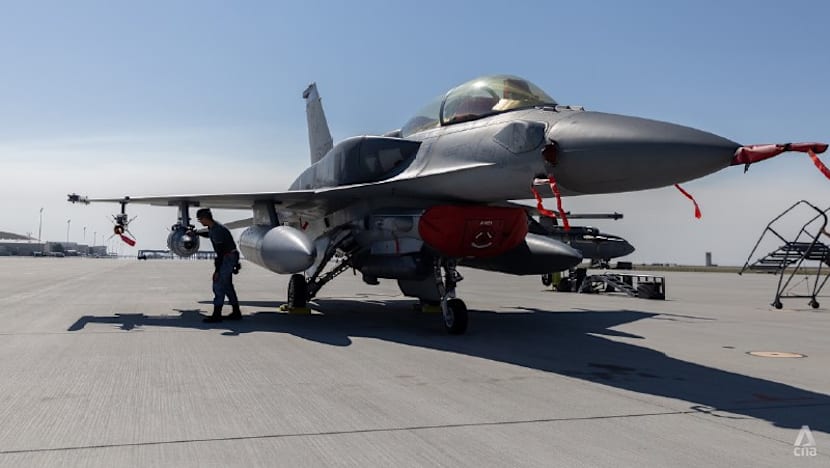
An Air Force engineer doing pre-flight checks on a F-16 fighter jet during Exercise Forging Sabre at Mountain Home Air Force Base in Idaho, United States on Sep 8, 2025. (Photo: CNA/Ili Mansor)

This audio is generated by an AI tool.
IDAHO, United States: Imagine fighter jets lined up in formation in the sky, preparing to conduct an air-to-ground strike.
Then a cloud layer rolls in, rendering the jets momentarily "blind". Targets can still be located using Global Positioning System (GPS); but this does not factor in the likes of dynamic, moving ones.
But what if a network of sensors could be deployed lower to the ground, giving extra assurance of operational effectiveness while minimising collateral damage at the same time?
This is one way unmanned platforms like drones can swoop in to aid their manned counterparts during missions - a key focus in this year's Exercise Forging Sabre, a Singapore Armed Forces (SAF) biennial drill in the United States.
Its 10th edition kicked off on Sep 6 and will be held until Sep 21 at Mountain Home Air Force Base in Idaho state.
Unmanned aerial systems (UAS) feature more heavily this time, with 24 drones participating - more than double the 11 in the last exercise in 2023.
"EYES ON THE GROUND"
Republic of Singapore Air Force (RSAF) pilots of manned platforms told reporters how working with unmanned ones can make a difference to their missions.
For example, traditional fighter jets would not be able to keep track if a moving target, such as a person, goes under a shelter, said F-16C/D pilot Captain Javier Tan.
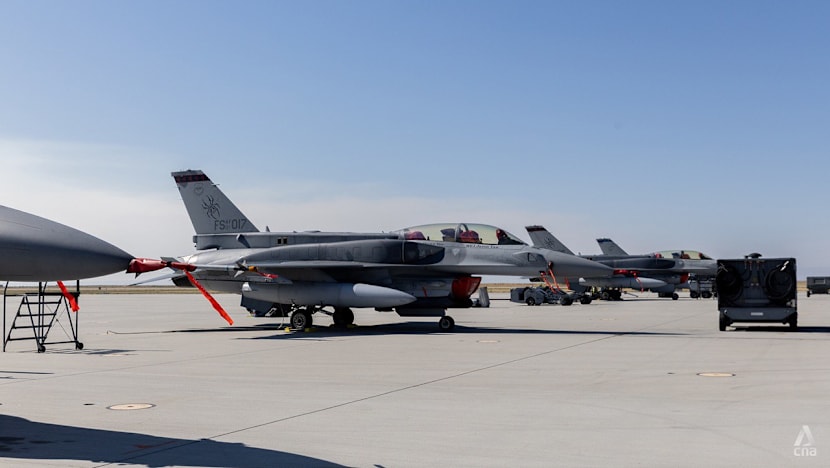
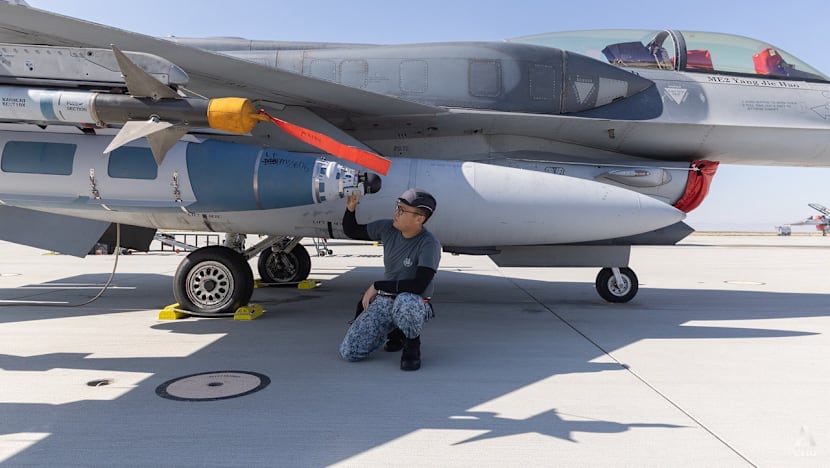
This is where small drones come into play, by being "eyes on the ground" and continuously monitoring the target.
CPT Tan also highlighted the importance of the Heron 1 Unmanned Aerial Vehicle (UAV), a larger drone which was officially inaugurated into the RSAF in 2012 and made its Exercise Forging Sabre debut in 2015.
The Heron 1 is able to stay in the air for more than 24 hours, providing fighter jets with more thorough coverage of the battlefield, said CPT Tan.
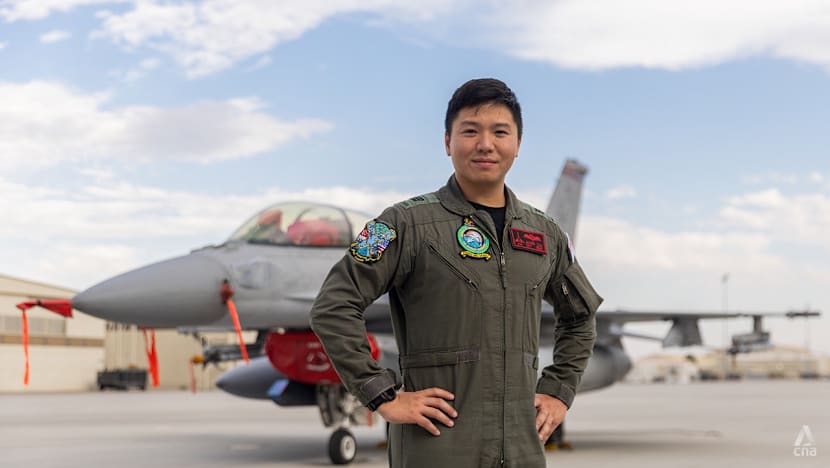
AH-64D Apache helicopter pilot and officer commanding Major Poh Ju Ren also said the introduction of smaller drones has made him more confident.
Information on surveillance or targets is pumped from unmanned platforms to a command post where operational decisions are made, and then relayed to pilots like MAJ Poh.
With more UAVs and "more eyes" deployed, he will be able to receive some of this information faster, and strike more objects of interest in a shorter span of time.
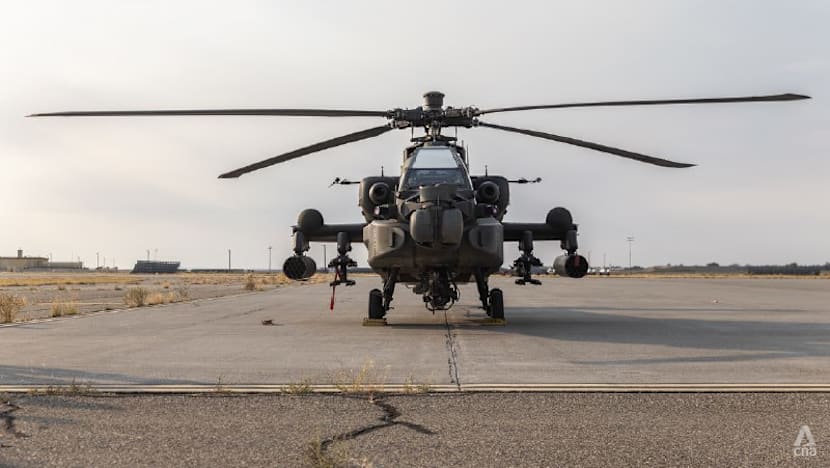
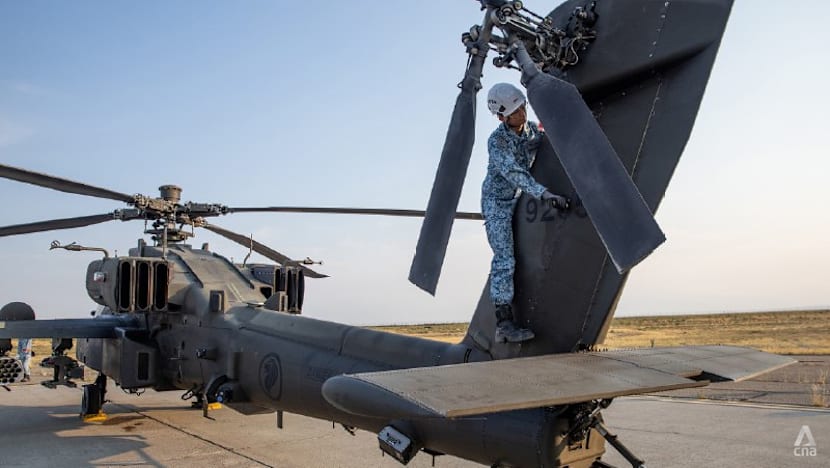
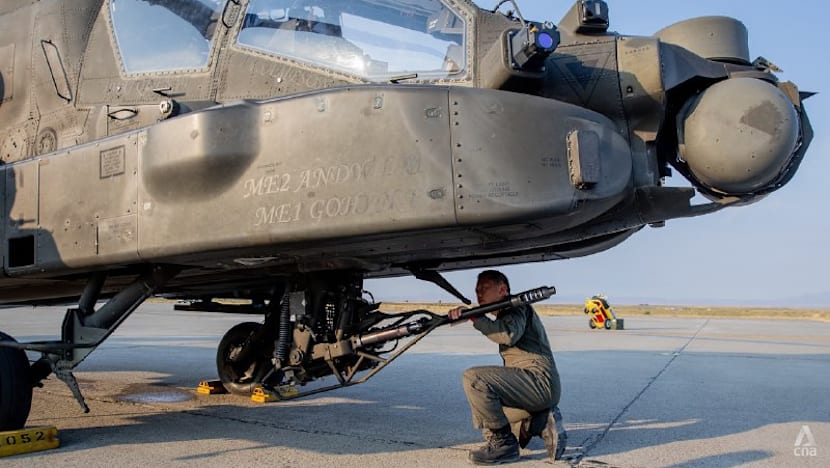
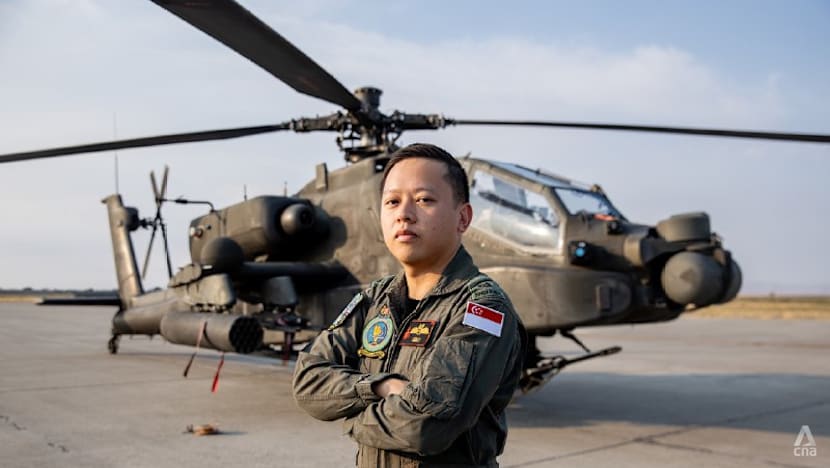
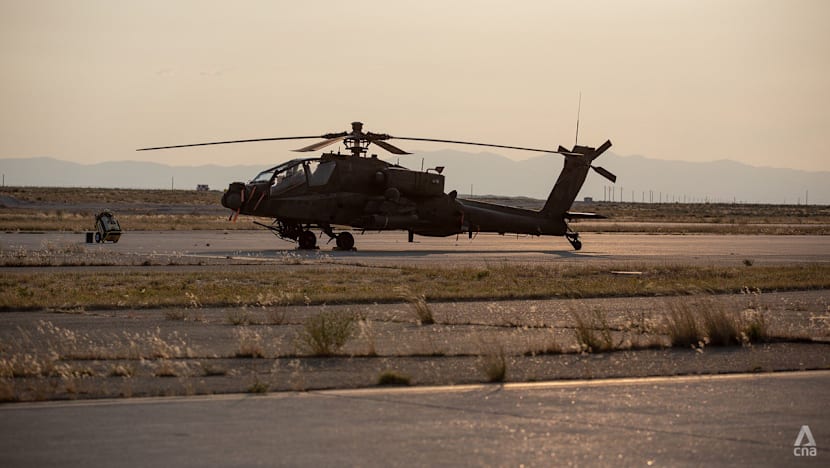
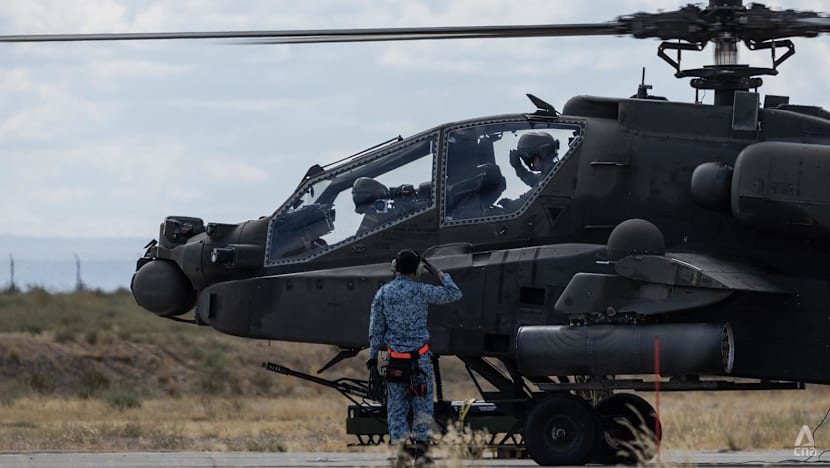
Lieutenant-Colonel Lim Swee Ann from the air force's UAS Warfare and Tactics Centre, whose team oversees an advanced combat management system from the command post, said manned-unmanned integration was "inevitable".
He described it as having "the best of both worlds". On one hand, there is human judgment and firepower from manned platforms; on the other, unmanned ones bring strengths such as persistence and survivability.
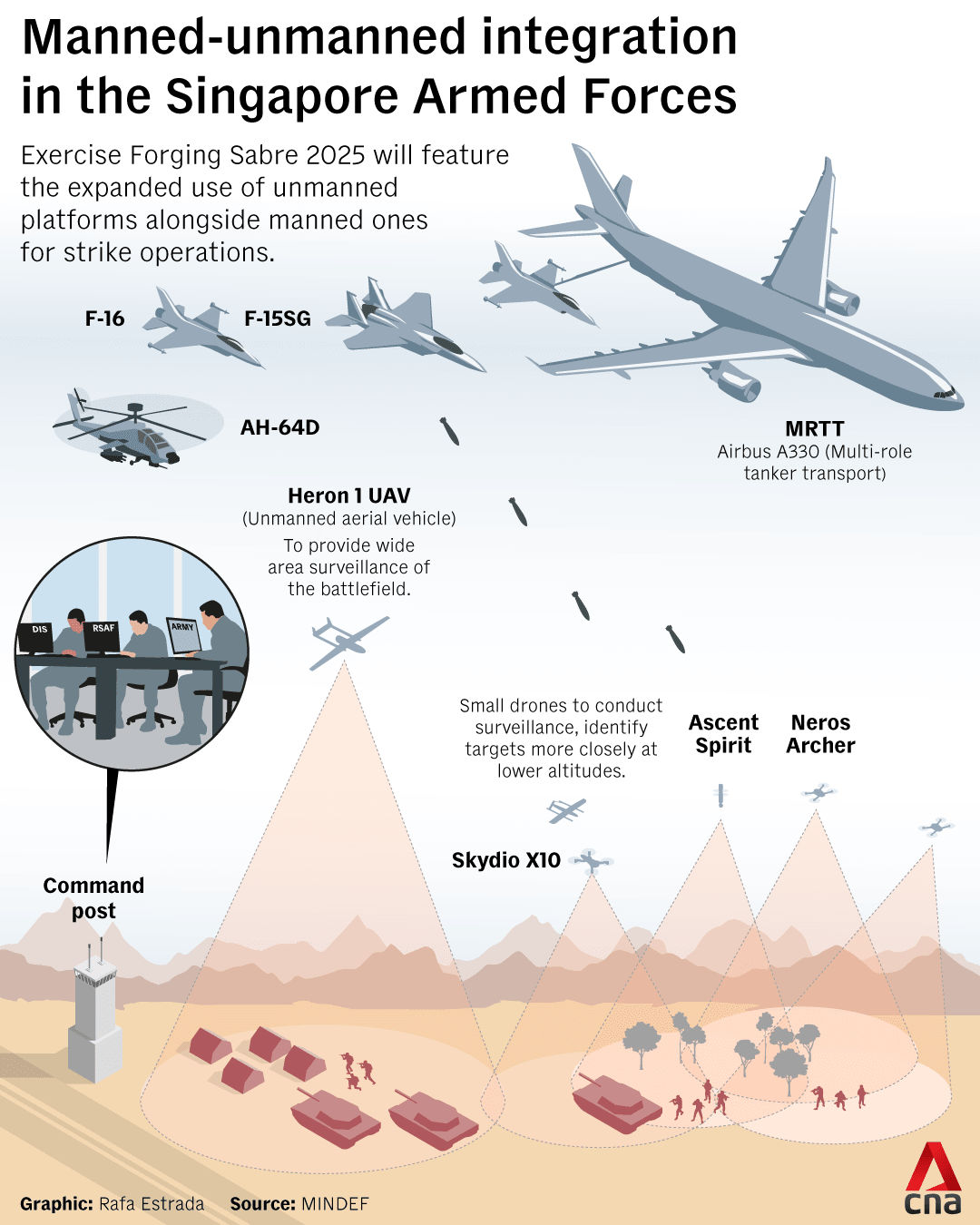
COMBINING IN MISSIONS
Exercise Forging Sabre, in particular, is the only high-end live-firing exercise with end-to-end drills for manned and unmanned operations, said LTC Lim, the UAS centre's head of concept of operations and tactics.
During the exercise, a suite of sensors will be deployed to look out for targets. Once these are confirmed and tracked, drones will direct weapons operators in fighter jets and attack helicopters to execute strikes.
Describing his experience, CPT Tan, the F-16C/D pilot, said fighter jets carry bombs with laser seekers which are guided to targets by the Heron 1 UAVs' laser designator.
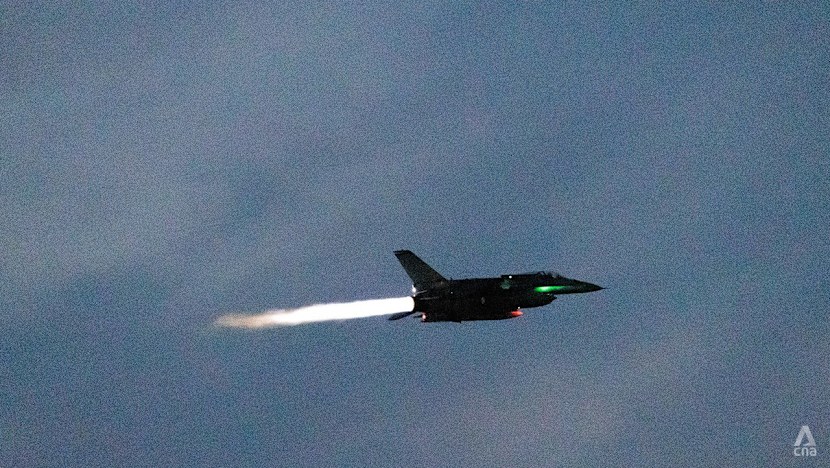
CPT Tan added that before Exercise Forging Sabre, he typically took part in flying and task-specific training during previous drills, with no integration with UAVs to speak of.
The Idaho exercise has thus presented a "unique opportunity" to work with unmanned platforms - a collaboration that gives the air force more continuous situational awareness of the battlefield.
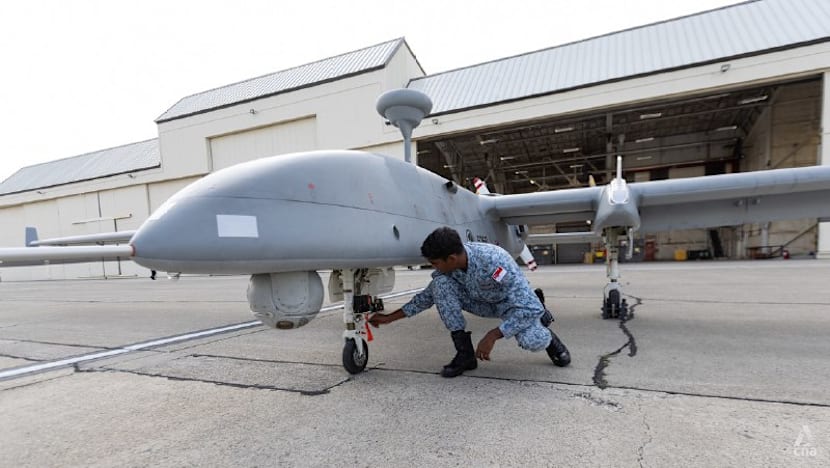
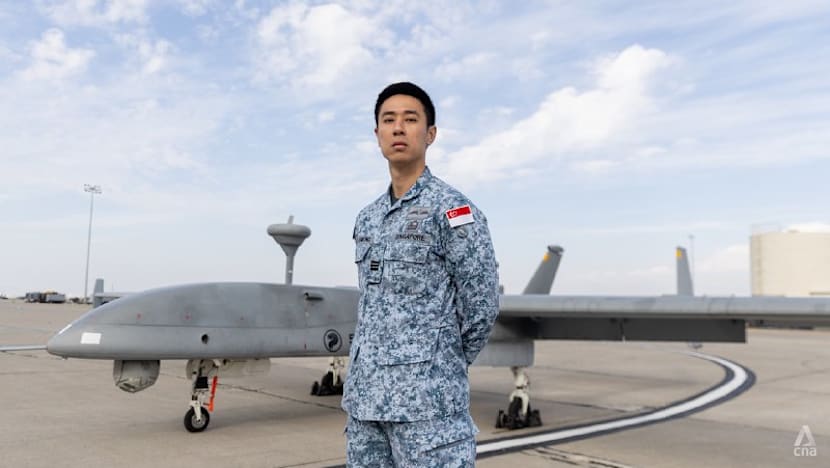
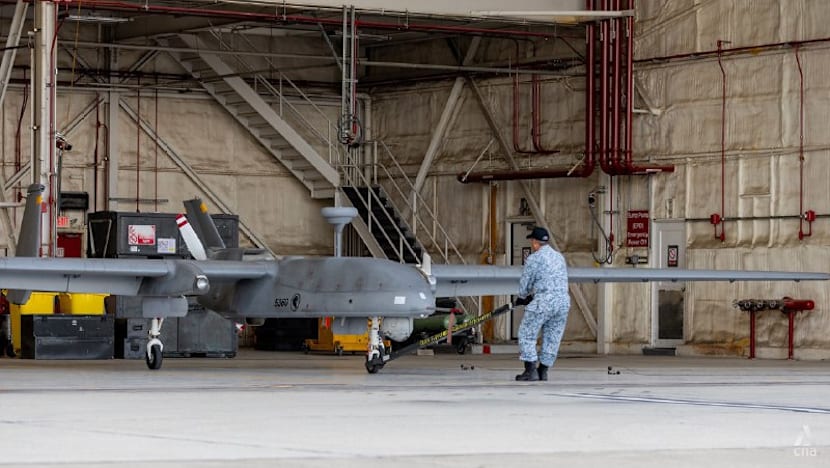
Heron 1 pilot CPT Cheong Rong Hao said that with the focus on manned-unmanned integration, he has been asked to support more missions.
He pointed to the need for UAV pilots to be more nimble and flexible in adapting to changing mission requirements.
At a planning level, they also need to understand how manned platforms fly and operate, CPT Cheong added.
"So that we can actually be more of a supplement rather than a hindrance to them."















